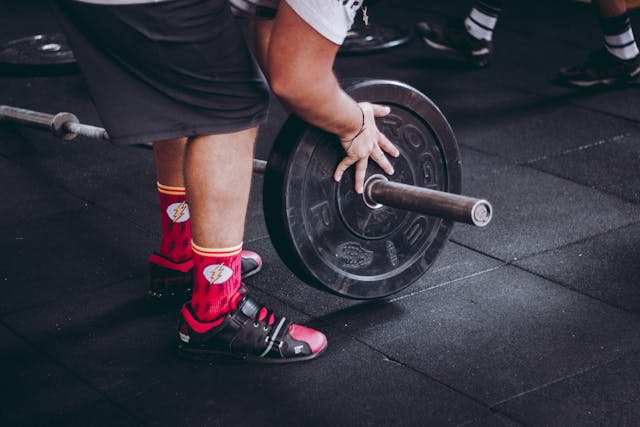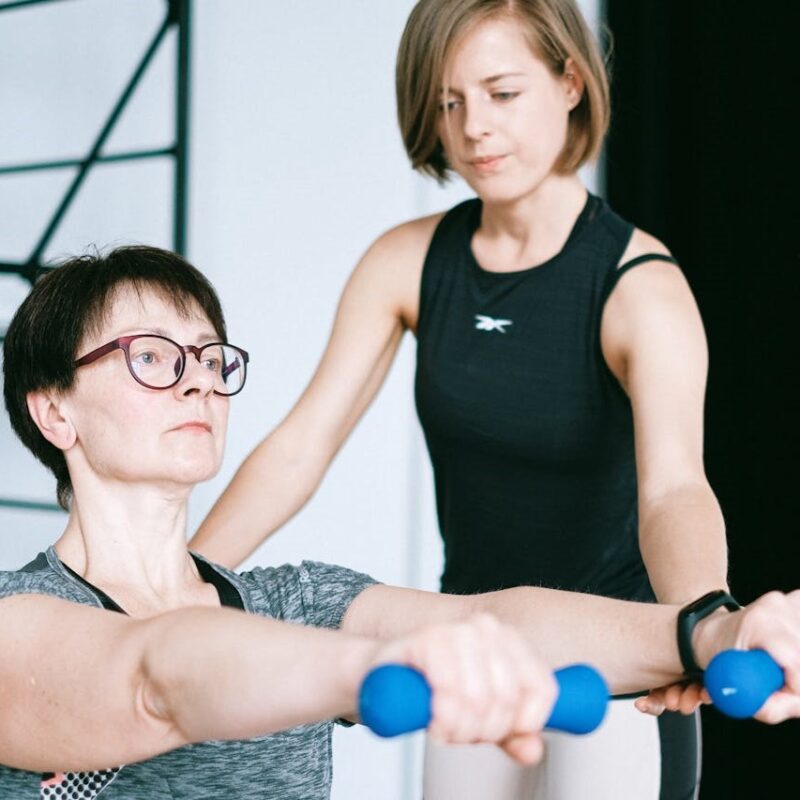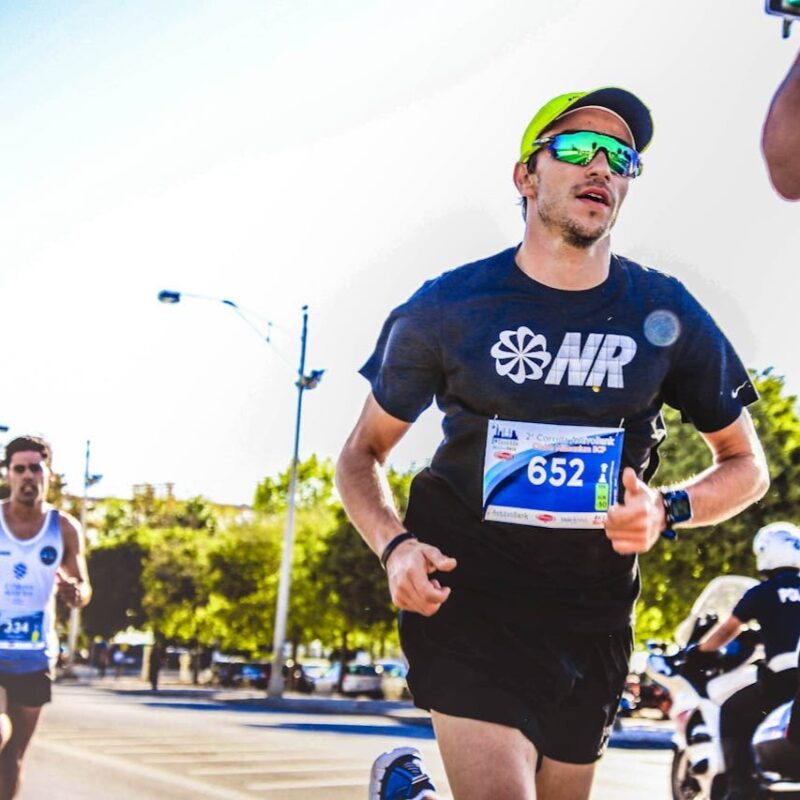
Blog
How To Prevent Workout Injuries? 11 Practical Tips!

No matter how expert you are, almost everyone is prone to common workout injuries. So, do you want to know how to prevent workout injuries?
Well, if you’ve just started going to the gym and are afraid you might hurt yourself, you’re not alone. Many people with gym anxiety think about this, which also makes some people step back from going to the gym.
In this guide, we will share some useful tips to prevent workout injuries, so you can hit the gym without fear!
So, let’s get started.
Start with a warm-up
The best thing to prevent workout injuries is to start with a warm-up session.
Do you remember when you started exercising and got your muscles pulled?
Well, now think. Did you do a warm-up session?
Especially people who have just started exercising should definitely warm up before starting exercise.
With a warm-up session, you bring your muscles into form to prepare them for what’s coming next. It also increases the blood circulation in muscles and speeds up breathing, which makes your body amenable to change.
A good warm-up session will depend on your goals. For example, if you want to run, a warm-up will consist of a 5-10 minute walk.
Stretch

Stretching is really helpful in preventing injuries during workouts. You can also include stretching in your warm-up session so that your muscles become flexible and less prone to injury. However, the fact that stretching can reduce injury is still unclear.
Still, your stretching should not last for more than 15 to 30 seconds, and it’s best to stretch at least two times a week.
Use the RICE technique
The RICE technique is especially useful for treating muscle soreness and swelling. This method is simple, and you can do it yourself as well.
Here’s what RICE says:
R: Give some rest to the injury.
I: Put ice on it to reduce the swelling and inflammation.
C: Put on a compression bandage.
E: Elevate the injury.
This is a quick and easy hack to treat pain and swelling for a workout injury. However, if the injury is serious and the pain and swelling don’t go away, you will need to consult a doctor.
Check for any obstacles before exercise

You can be at the risk of falling in the gym due to any obstacle in the way. So, it’s better to check to prevent the chances of falling. You should also check the equipment before using it. The previous person might have left it in the position they were using it.
Listen to your body
If your body isn’t used to high-intensity workouts, you will definitely feel pain with sudden exercise. At this point, the worst thing you can do to your body is continue to exercise.
If you get your muscles pulled or feel pain, it’s better to stop and listen to your body. If you continue exercising, thinking the pain will go away, you’re putting yourself in more trouble.
So, if you feel pain or any other symptom of an injury in your body, it’s better to stop and start a treatment. Most pains and injuries also go away with some rest, so there’s no problem in skipping your exercise for a few days. Instead, it may help your body to heal.
Learn the correct way of exercising

If you experience shoulder, neck, or knee pain, you’re probably exercising incorrectly.
So, it’s really important to consider your posture and learn the right technique for doing exercises, especially high-intensity workouts.
If you don’t know about the proper technique, you can watch videos or ask the gym trainer to help you out.
Increase your activity level slowly
As we mentioned before, warm-up sessions can make your muscles flexible so they are ready for exercise.
Also, if you want to switch to high-intensity workouts, it’s better to start slowly.
Slow progress will help your muscles adapt with time instead of putting too much pressure on them. You should also gradually increase the amount of time and intensity of your exercise in the gym.
Know your trouble spots

Having an already existing problem like knee pain should not stop you from going to the gym.
If you encounter pain or problems in one area, you can switch to exercises for the other area of your body. As there are tons of exercises, you can even do low-intensity workouts to stay fit.
However, it’s best to consult a doctor if you already have any health condition and want to exercise. Your doctor will be able to guide you in the best way regarding the kinds of exercises that will suit you.
Wear the right shoes
Do you suffer from plantar fasciitis or shin splints?
Well, if that’s the case, you need to be considerate about the shoes you wear. Wearing the right shoes can solve many problems because they help in maintaining a better posture and provide support.
For medical conditions like plantar fasciitis, you should consult the doctor about the right shoes. It’s because your type of shoes will differ depending on your foot shape.
If you don’t have any foot problems, it’s still important to wear the right shoes to prevent developing any problems later.
Limit your workouts

While it’s good to be careful about your fitness routine, you should also remember to keep exercise within a limit. In fact, too much cardio can destroy your gains.
So, remember to exercise, but don’t over-exercise. In this way, you’re putting more pressure on your muscles than they can bear.
Fuel your body
Drinking enough water during workouts is necessary to prevent dehydration. Without water, you will eventually feel more drained, which will make exercise difficult.
So, drink water before, during, and after your exercise. It’s also good to hydrate yourself in breaks rather than drinking too much water at once.
Another suggestion is to include protein shakes in your gym routine. Protein shakes provide an extra energy boost and may also help with post-workout muscle recovery. Due to these benefits of protein shakes, it’s good to include them in your fitness routine.
Take-away message
Preventing workout injuries requires simple techniques you can follow easily. These include checking for obstacles, wearing the right shoes, limiting workouts, etc.
However, you should always visit a doctor if the pain and swelling don’t go away.
With these simple techniques on how to prevent workout injuries, you can exercise without fear.












